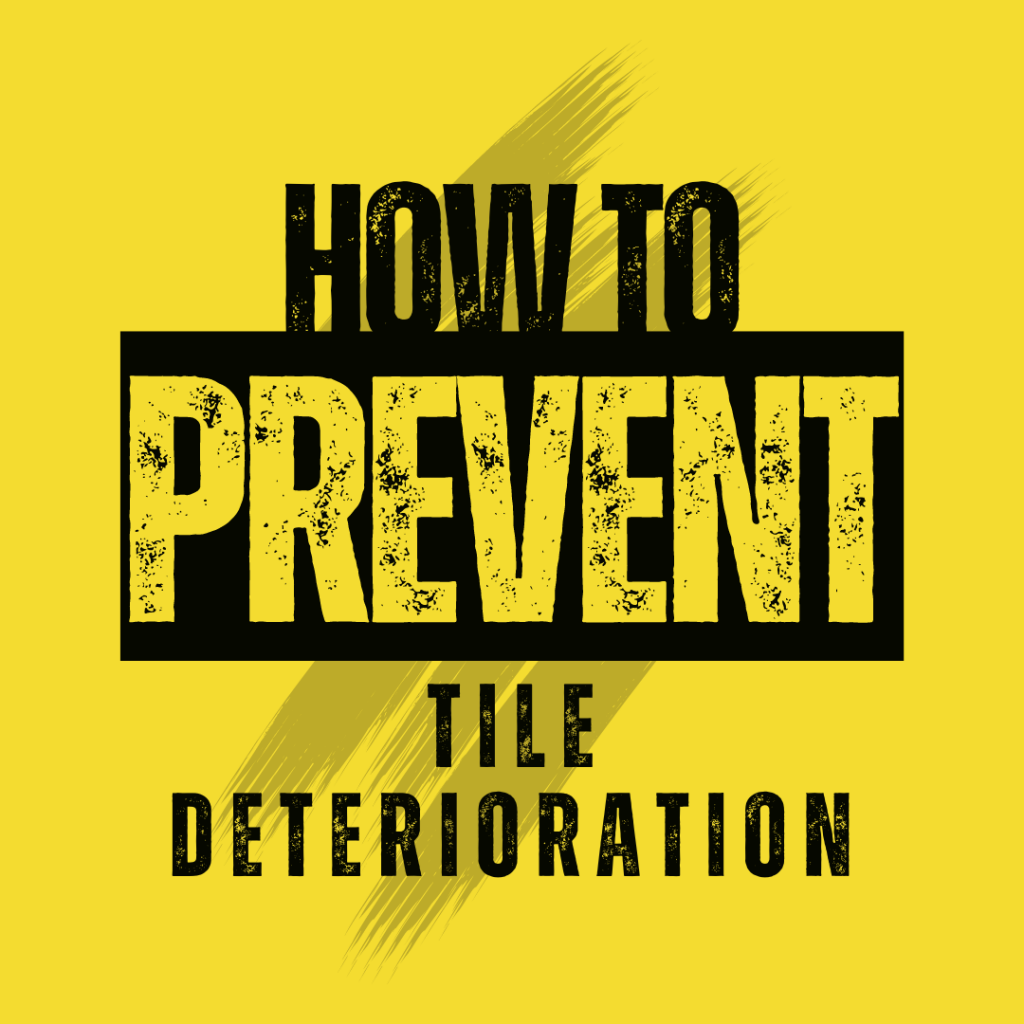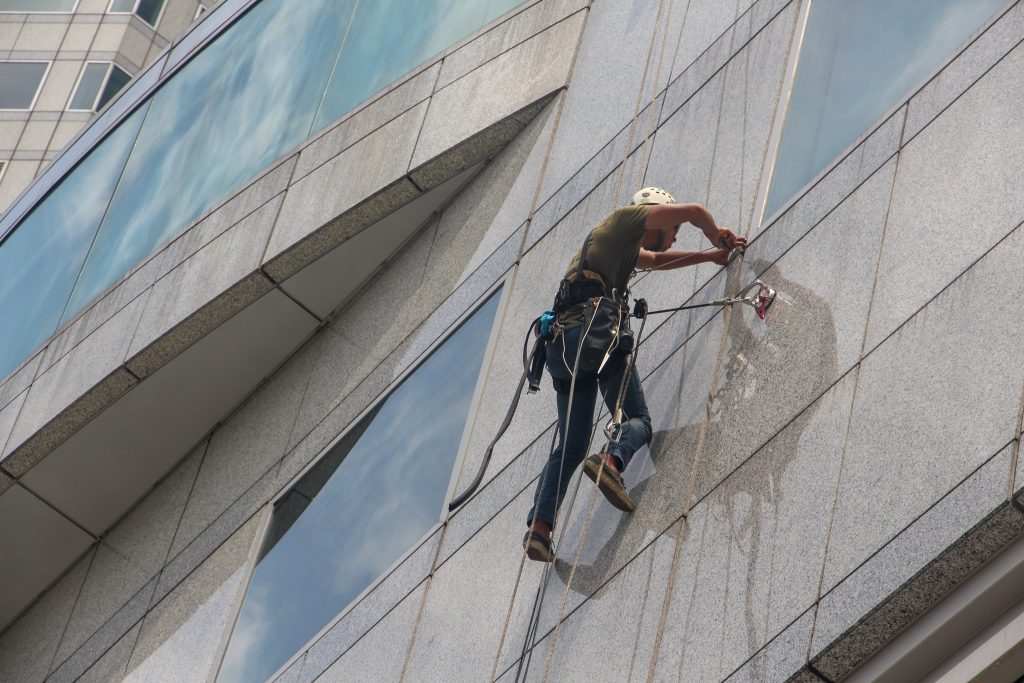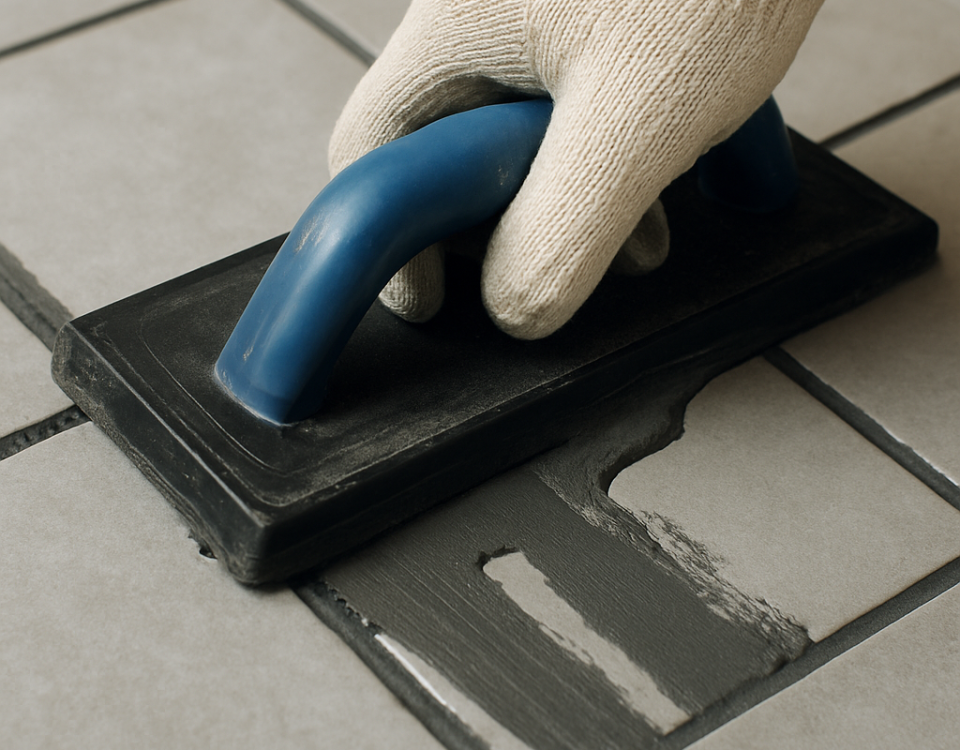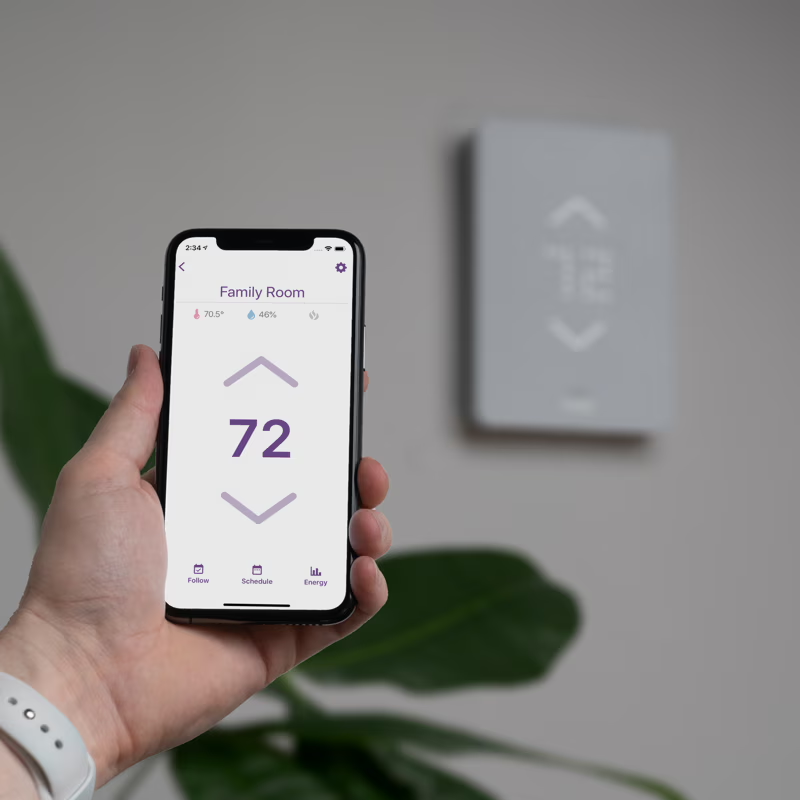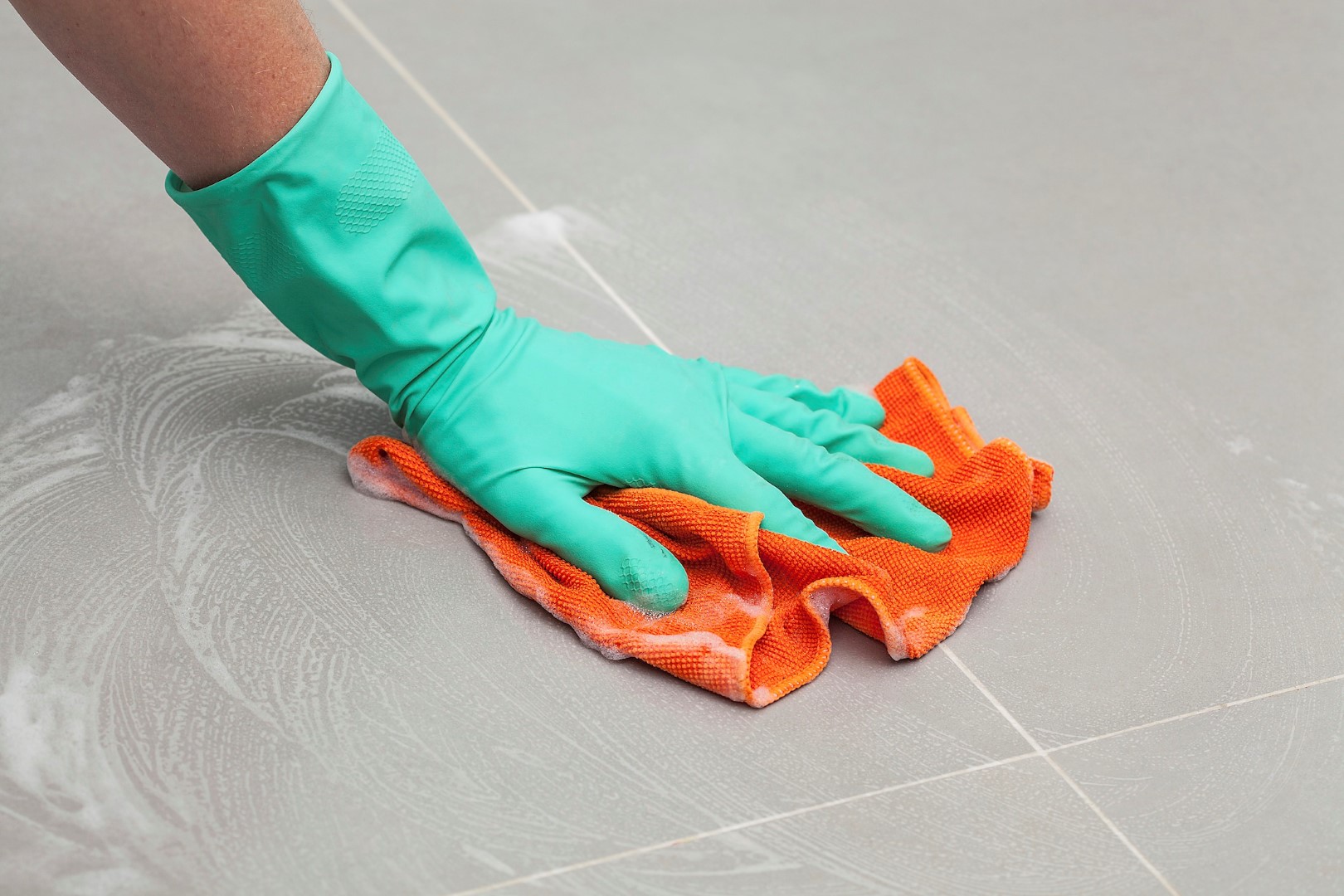
Minimizing Tiles Maintenance
December 10, 2015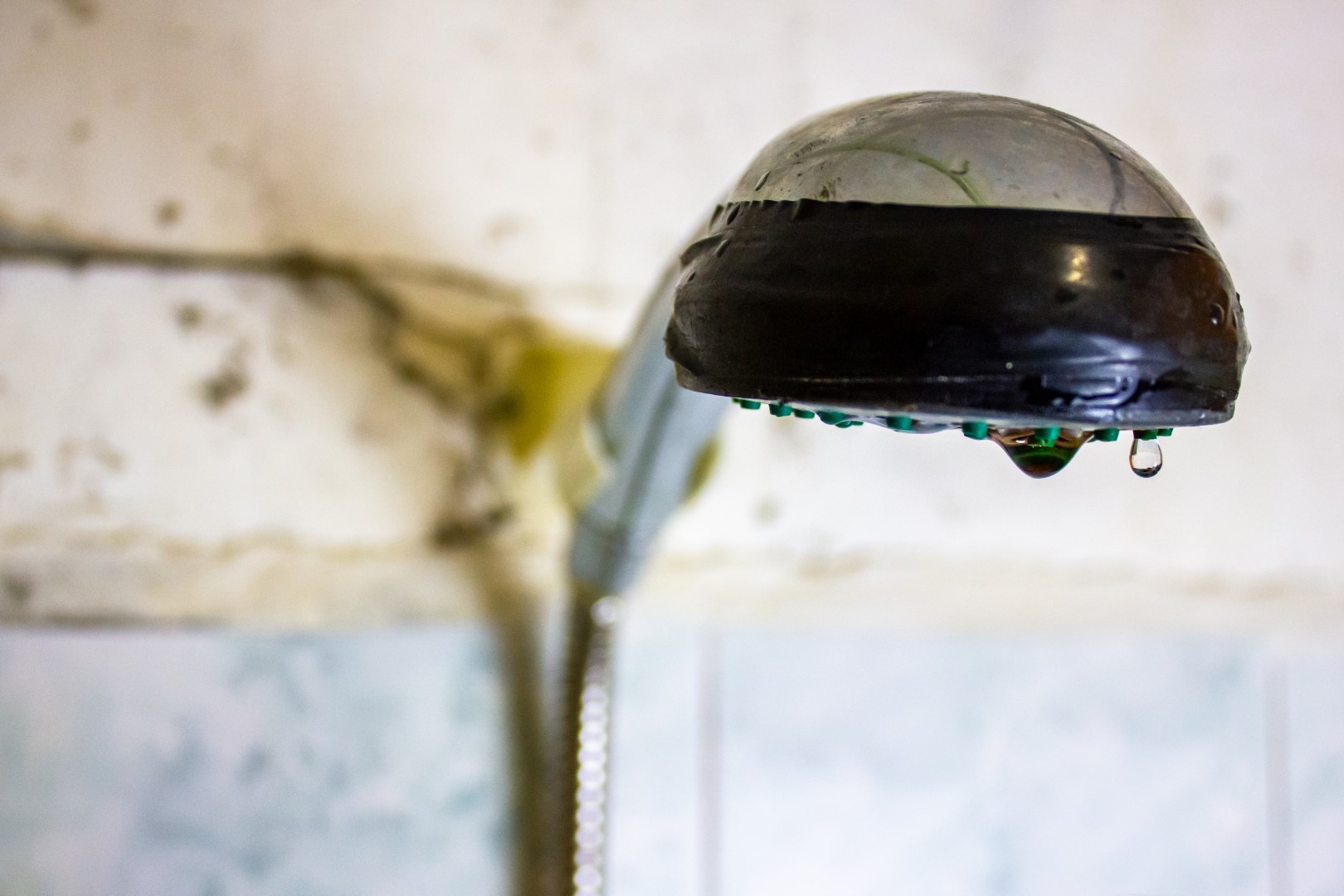
Why Is My Shower Leaking?
January 26, 2024Tiles are a durable and attractive option for flooring and wall coverings in homes and commercial spaces. Over time, however, they can suffer from various forms of wear and tear such as cracking, staining, and discoloration.
Preventing tile deterioration not only preserves the beauty of the installation but also its functionality and safety.
To ensure their longevity, it’s essential to understand and implement strategies that maintain the quality of tiles.
Implementing preventative measures can mitigate issues related to
-
-
- moisture
- physical damage
- aesthetic decline
-
These strategies include
-
-
- proper installation techniques,
- regular cleaning,
- application of sealants, and
- swift repairs of any minor damages.
-
For areas exposed to water, such as bathrooms and kitchens, waterproofing the substrate before installing tiles is crucial to prevent water damage and the consequent deterioration that moisture can cause.
In addition to waterproofing, the use of high-quality sealants can protect tiles from stains and discoloration, ensuring they retain their appearance over time.
Addressing the structural aspect, it’s also important to manage tile movement and potential cracking by acknowledging and accommodating movement joints within the tile work, an approach that can minimize tile movement and the associated damage.
These initial steps, supplemented by consistent care, form a comprehensive plan to maintain the integrity and beauty of tiled surfaces.
Understanding Tile Materials
The longevity of tile surfaces depends heavily on the appropriate selection and handling of the materials. From the type of tile to the choice of grout, each decision impacts the durability and aesthetic endurance of the tiled area.
Ceramic and Porcelain Durability
Ceramic and porcelain tiles are renowned for their resilience and ease of maintenance. Ceramic tiles are made from clay and finished with a glaze that can resist moisture and stains.
Porcelain tiles, on the other hand, are highly dense and less porous, making them even more impervious to water damage and frost, thereby suitable for both indoor and outdoor use.
|
Feature |
Ceramic Tiles |
Porcelain Tiles |
|
Material Composition |
Made from clay |
Made from denser clay |
|
Finish |
Finished with a glaze |
Usually unglazed but can be glazed |
|
Moisture and Stain Resistance |
Resistant to moisture and stains |
More impervious to water damage and stains |
|
Density and Porosity |
Less dense and more porous than porcelain |
Highly dense and less porous |
|
Suitability |
Primarily suitable for indoor use |
Suitable for both indoor and outdoor use |
Natural Stone Preservation
Natural stone tiles, such as granite, marble, and limestone, demand a more careful maintenance routine to retain their beauty and sturdiness. Their porous nature makes them susceptible to staining and requires the application of a penetrative sealant to guard against moisture and spills. Regular resealing is crucial to preserve the natural stone’s integrity and appearance.
Grout Selection and Longevity
The grout is essential in determining the overall performance of a tiled surface. Epoxy grout has gained preference due to its stain resistance and longevity, not requiring resealing like more traditional cement-based grout. Proper adherence to manufacturer’s guidelines for grout cleaning is necessary to prevent a buildup of dirt and maintain the area in a pristine condition.
Proper Installation: The Foundation of Tile Longevity
The longevity and appearance of tile work hinge on meticulous installation methods. Key steps like subfloor preparation, proper usage of adhesives, and consistent grouting techniques are crucial for durable tile installation.
Proper Subfloor Preparation
A level, clean, and sturdy subfloor is imperative to prevent tile cracking and loosening. The subfloor must be assessed for moisture, cleanliness, and structural integrity before any tiles are laid. For instance, tiles need a flat surface to prevent issues such as lippage, and a self-leveller might be used on floors with underfloor heating.
Adhesive and Setting Materials
Optimal selection and application of adhesives and setting materials underpin a resilient tiled surface. Manufacturers’ instructions should be followed to the letter, applying the right amount of adhesive with appropriate tools such as notched trowels. Missteps with adhesive can lead to loose tiles and compromised durability.
Sealing and Grouting for Durability
Sealing and grouting are pivotal for waterproofing and protecting against stains and mold. After installing the tiles and allowing the adhesive to fully cure, one must apply grout meticulously, filling all joints completely. Subsequent sealing of both tile and grout enhances long-term resilience.
Maintenance and Cleaning
To preserve their aesthetic and durability, tiles require consistent care. This section outlines the best practices for cleaning and maintaining different types of tiles to prevent deterioration.
Routine Care Guidelines
Daily Cleaning:
-
-
- Sweeping or Vacuuming: Remove loose dirt to avoid abrasions on the tile surface.
- Mopping: Use a damp mop with warm water and a gentle pH-neutral cleaning solution.
-
Weekly Maintenance:
-
-
- Deep Cleaning: Focus on grout lines and textured areas where dirt accumulates.
-
Spot Cleaning and Preventing Stains
Immediate Action:
-
-
- Blot Spills: Quickly absorb spills with a cloth to prevent staining.
- Appropriate Cleaners: Use the correct cleaner for specific stains; test in an inconspicuous area before application.
-
Stain Prevention Tips:
-
-
- Door Mats: Use mats at entrances to lessen tracked-in dirt.
- Furniture Pads: Place felt pads under furniture legs to avoid scratches.
-
Sealant Reapplication Schedule
Assessing the Sealant:
-
-
- Visual Inspection: Check for areas where the sealant has worn away.
- Water Droplet Test: See if water beads up or soaks into the tile; soaking indicates a need for resealing.
-
Reapplication Frequency:
-
-
- High Traffic Areas: Every 6 to 12 months.
- Low Traffic Areas: Every 4 to 5 years.
-
Environmental Factors
Environmental conditions such as water exposure, temperature variations, and humidity levels are critical in predicting and preventing the deterioration of ceramic tiles over time. Proper understanding and mitigation of these factors can extend the longevity of tiling.
Mitigating Water Damage
Water can severely compromise the integrity of ceramic tiles, causing issues like cracking, efflorescence, and mold growth. To prevent water damage, one should ensure proper sealing of the tiles and grout. Regular maintenance checks, especially in outdoor settings, can detect any water infiltration early, allowing for timely repairs.
Preventing Sunlight and Heat Exposure
Prolonged exposure to sunlight and heat can cause fading and thermal shock in ceramic tiles, resulting in aesthetic degradation and structural damage. Installation of shades or UV protective coatings can significantly reduce these effects, preserving the appearance and functionality of the tile.
Regulating Indoor Humidity Levels
High humidity levels, particularly in confined indoor spaces, can lead to condensation on tiles, fostering mold and mildew growth. Maintaining a balanced indoor humidity level, ideally between 30% and 50%, can prevent such problems. Using dehumidifiers and ensuring proper ventilation are effective strategies for regulating humidity indoors.
Repair and Restoration
Effective tile repair and restoration not only brings back the beauty of the tiles but also extends their longevity. This involves addressing damage, employing strategic replacement, and utilizing professional services for a finish that restores tiles to their original state.
Addressing Crack and Chip Repairs
When tiles are chipped or cracked, quick action can prevent further damage. For fixing small cracks, tile sealants or epoxy resins are ideal for filling in and concealing the damages. For larger cracks and chips, tile fillers that match the color of the tile can be used, followed by sealant application to protect the repair.
Tile Replacement Strategies
In cases where the damage is extensive, complete tile replacement might be necessary. It’s crucial to find a matching tile to maintain the aesthetic coherence of the tiling. Before installation, one should consider using the correct adhesive and tools for setting the tile securely in place.
Professional Refinishing Services
For widespread or complex issues, hiring professional refinishing services is advisable. These experts can perform comprehensive tile resurfacing, which involves cleaning, repairing, and applying a durable coating to the tile. This service rejuvenates the appearance of old tiles without the need for complete replacement.
Advanced Protective Measures
Advanced protective measures for tiles can significantly prolong their beauty and functionality. Employing innovative coatings and treatments ensures a durable tile surface resistant to common forms of wear and tear.
Anti-Aging Products and Treatments
To combat the effects of aging on tiles, there are specific anti-aging products and treatments. Products that contain color-enhancing or rejuvenating properties can be applied to tiles to restore their original luster. Moreover, treatments such as deep cleaning services can remove accumulated grime and seal the tiles, offering a layer of protection against future discoloration and deterioration. These treatments should be part of a regular maintenance routine to keep tiles in optimal condition.
Another example is the application of sealants which are particularly effective for porous tiles like natural stone; these sealants fill the pores and prevent the penetration of staining agents.
If you’re interested in having tiles installed, check out the top rated tiling services in Auckland.


